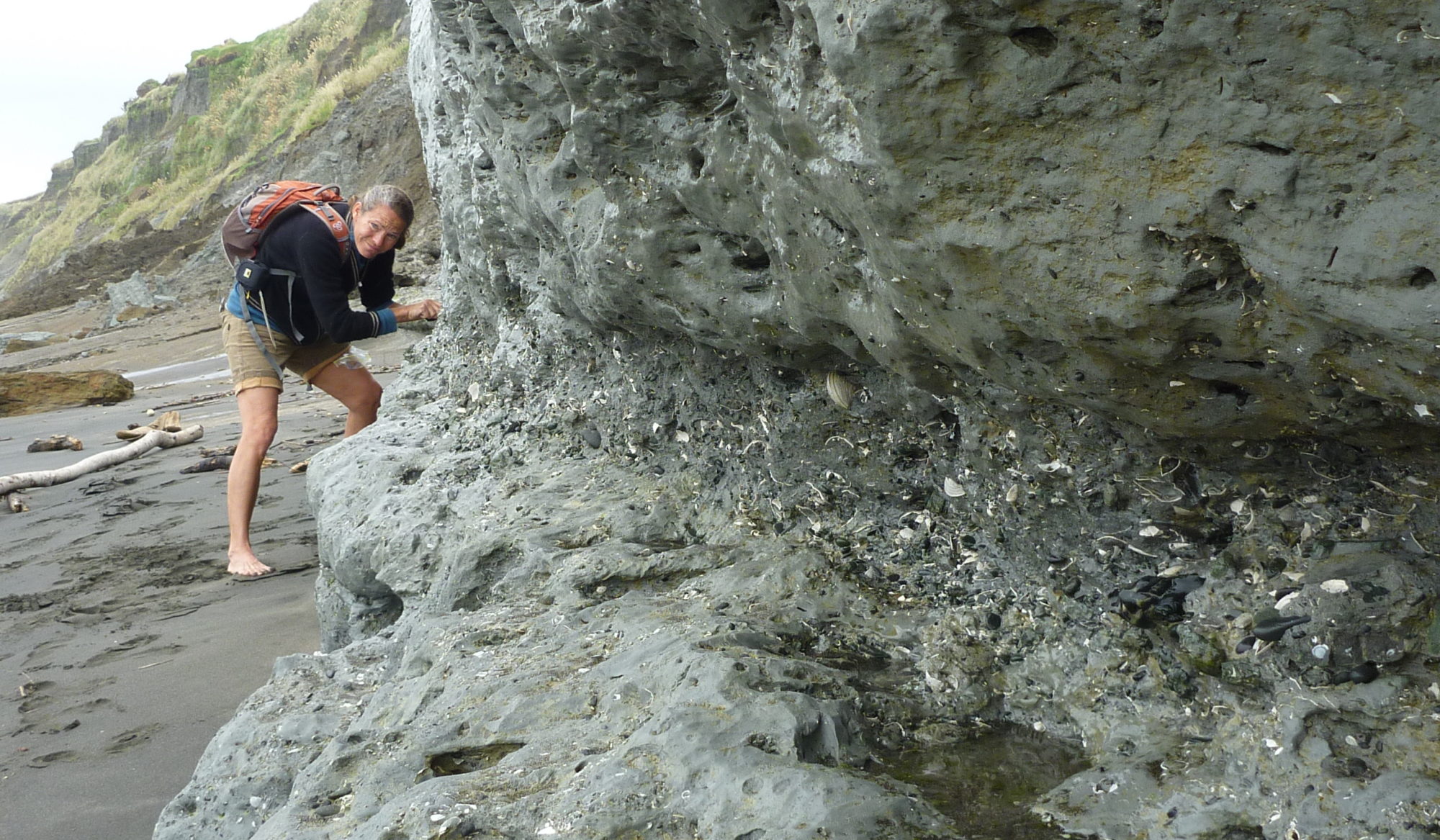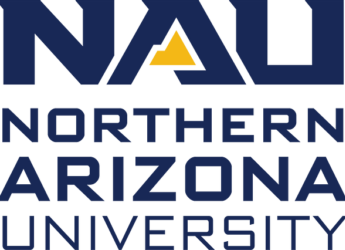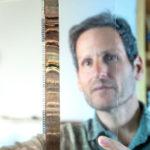Amino acid geochronology is best suited as a relative-dating tool, or as a calibrated-dating method in conjunction with other dating techniques. It is applicable to a wide range of fossils types (mollusks, ostracodes, foraminifera, bone, egg shells, and teeth), stratigraphic problems (correlations, reworking, unconformities), depositional environments (marine, lacustrine, fluvial), and time scales (decades to millions of years). It is particularly useful for fossiliferous deposits beyond the range of 14C dating (older than about 40,000 years), for which few alternative geochronological tools are available. The technique is inexpensive, rapid, and can be applied to fossils as small as single ostracode or foraminifer test.
Amino acid racemization (or AAR) is the interconversion of amino acids from one chiral form (the L – (laevo) amino acids which are the building blocks of proteins) to a mixture of L- and D- (dextro) forms. The extent of racemization is measured by the ratio of D/L isomers and increases as a function of time and temperature, and can be used for geochronology or paleothermometry.
During the past decade, the AAGL has analyzed thousands of samples collected by dozens of investigators from around the world. The results have been used to solve a variety of Quaternary geochronological problems, and they have been included in nearly 100 peer-reviewed publications. The AAGL specializes in reverse-phase liquid chromatography to study amino acid geochronology and paleothermometry in microfossils, including ostracodes and foraminifera.
Accuracy and Precision. The reverse phase chromatograph is capable of highly reproducible (better than 5% precision for D/L ratios of most amino acids) stereoisomeric separations of amino acids with sub-picomole detection, sufficient for analysis of single microfossils (foraminifera and ostracodes).
Analytical reproducibility for nine amino acid D/L ratios in fossils with a broad range of ages is typically better than 5%. Aspartic acid and glutamic acid D/L ratios are the most consistently well-resolved and reproduced, with analytical variations of <3%. Analytical drift and background are monitored by routine analysis of intra-laboratory standards. Compatibility of results is assessed by analysis and reporting of Inter-laboratory Calibration Standards (ILC; Wehmiller, 1984). D/L ratios measured in the three ILC standards overlap with D/L ratios measured previously by GC-based laboratories in 17 out of 18 cases, when considering the ±1 sd analytical errors (see Kaufman and Manley (1998) for more information).
Equipment. The AAGL maintains two liquid chromatographs for separating and detecting amino acids. Reverse-phase liquid chromatography separates the D and L forms of several amino acids, most reliably: aspartic acid, glutamic acid, serine, alanine, and valine. Isoleucine and alloisoleucine are also resolved, but the uncertainty is higher compared with analysis by ion exchange. Most samples are analyzed by reverse phase, with emphasis on aspartic acid, an amino acid that is abundant in fossils and that racemizes rapidly. The chromatograph used for reverse phase is an Agilent series 1100/1200 equipped with a quaternary pump and degasser, automated injector, fluorescence detector, and ChemStation software. The system is capable of highly reproducible stereoisomeric separations of amino acids with sub-picomole detection, sufficient for analysis of single microfossils (foraminifera and ostracodes).
Method. The procedure for reverse phase chromatography used by the AAGL is described by Kaufman and Manley (1998), and modified for microfossils by Kaufman (2000). The method uses pre-column derivatization with o-phthaldialdehyde (OPA) together with the chiral thiol, N-isobutyryl-L-cysteine (IBLC), to yield fluorescent diastereomeric derivatives of chiral primary amino acids. Sample derivatization is performed on-line prior to each injection using an auto-injector. Separation is by C18 stationary phase (Hypersil BDS, 5 µm) using a linear gradient of aqueous sodium acetate, methanol, and acetonitrile. Detection is by fluorescence (Ex = 230 nm, Em = 445 nm). The procedure for ion exchange liquid chromatography was originated by Hare et al. (1985). The method uses step-wise addition of sodium-citrate buffers of increasing pH and post-column derivitization by OPA, with detection by fluorescence. Both methods rely on internal spikes of non-protein amino acids to calibrate the concentration of amino acids in each sample.
References
Hare, P.E., St. John, P.A., and Engel, M.H., 1985, Ion-exchange separation of amino acids, in Garrett, G.C., ed., Chemistry and Biochemistry of the Amino Acids: Chapman and Hall, London, 415-443..
Kaufman, D.S., and Manley, W.F., 1998, A new procedure for determining enantiomeric (D/L) amino acid ratios in fossils using reverse phase liquid chromatography: Quaternary Science Reviews (Quaternary Geochronology) 17, 987-1000.
Kaufman, D.S., 2000, Amino acid racemization in ostracodes, in Goodfriend, G., Collins, M., Fogel, M., Macko, S., and Wehmiller, J., eds., Perspectives in Amino Acid and Protein Geochemistry: Oxford University Press, New York, 145-160.
Wehmiller, J.F., 1984, Interlaboratory comparison of amino acid enantiomeric ratios in fossil Pleistocene mollusks: Quaternary Research 22, 109-120.


 directs the AAGL. He has studied amino acid racemization beginning with his dissertation research at the University of Colorado. He specializes in using amino acid racemization to determine the ages and paleotemperatures of Quaternary marine and lacustrine deposits.
directs the AAGL. He has studied amino acid racemization beginning with his dissertation research at the University of Colorado. He specializes in using amino acid racemization to determine the ages and paleotemperatures of Quaternary marine and lacustrine deposits.